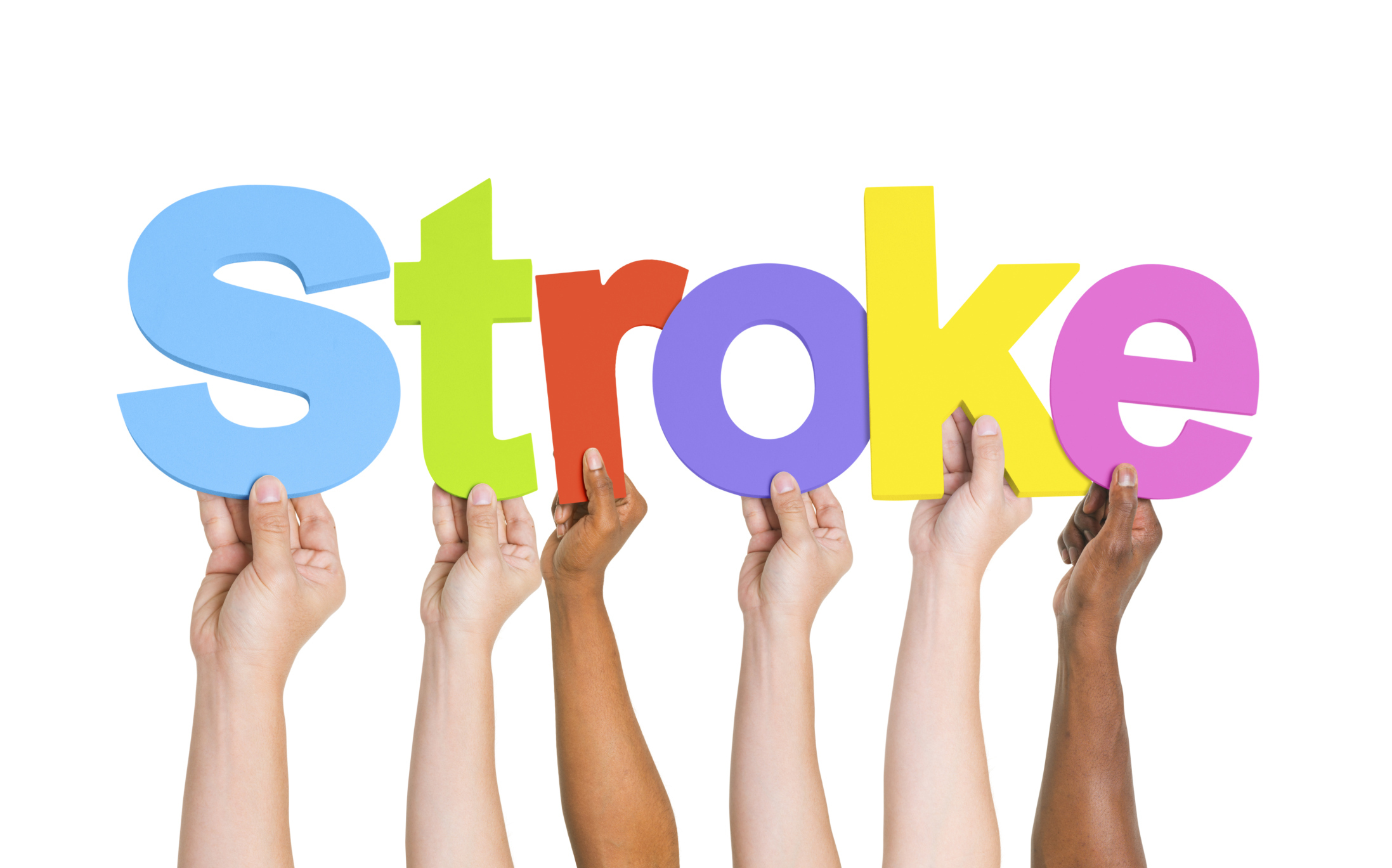Nearly 800,000 Americans have strokes every year, according to the Internet Stroke Center. Of these, more than 140,000 people die annually. In fact, stroke is the top cause of long-term disability in the U.S., and the third leading cause of death. While these numbers can be frightening, there's hope: the more quickly treatment occurs, the lower the risk of serious, long-term injury. This caregiver training information is valuable information for recognizing the signs of a stroke and understanding the need to act quickly to minimize damage.  Educating yourself about stroke symptoms can lead to a brighter future for stroke victims. Scroll down for free helpful videos you can view today.
Educating yourself about stroke symptoms can lead to a brighter future for stroke victims. Scroll down for free helpful videos you can view today.
What is a Stroke?
A stroke occurs when the blood supply to the brain is suddenly interrupted. The majority of strokes are ischemic, which means they are caused by an abrupt arterial blockage. Hemorrhagic strokes, meanwhile, occur when a blood vessel bursts causing bleeding in the brain.
The effects of a stroke vary depending on the location and severity of the injury, and damage may be either temporary or permanent.
Warning Signs
Vigilant caregivers can help promote optimal outcomes by quickly identifying symptoms in order to hasten treatment. Warning signs include:
- Weakness or numbness in the face, arm or leg -- particularly on one side
- Difficulty speaking
- Difficulty understanding others
- Vision problems with one or both eyes
- Balance and coordination issues
- Dizziness
- Severe headache
Act F.A.S.T.
If you're having trouble remembering these symptoms, the American Stroke Association has prepared a handy memory-jogging acronym: Act F.A.S.T.:
- Face drooping
- Arm weakness
- Speech difficulty
- Time to call 9-1-1
And remember: a stroke is a medical emergency. Even if you identify only one symptom, or if symptoms seem mild or fleeting, call for emergency help so that medical personnel can immediately begin life-saving treatment en route to the hospital.
If you're not sure whether you're seeing stroke symptoms, it's better to be safe than sorry. According to the National Stroke Association, a person loses 1.9 million neurons for every minute a stroke remains untreated. In other words, every second counts.
Also, be sure to pay attention to when the symptoms begin. This information can be important for the healthcare team in determining treatment.
The more the healthcare team knows, the more thorough the treatment plan.
Risk Factors for Stroke
While anyone can have a stroke at any age, certain people -- including senior citizens -- are at increased risk. And while you can't control certain hereditary risk factors, such as age, gender and race, you can control many lifestyle-related risk factors, including smoking, high blood pressure, diet, and lack of physical activity. However, strokes can also occur in people with no known risk factors.
Preparing for Stroke
While it's difficult to think of a stroke happening to a loved one, taking precautionary measures before a medical emergency occurs can make a significant difference. Talk to your loved one's health care team about which area hospitals offer 24-hour emergency stroke care. These primary stroke centers are best prepared to treat stroke patients. STARS: Steps against Recurrent Stroke, a presentation from the National Stroke Association, offers additional helpful information about important preventative measures.
For more information about strokes, watch this free video, All About Strokes, presented by Dr. Alyssa Ochoa of Peripheral Vascular Associations. Share this article with your friends, family, and fellow community members to help save lives by spreading the word about the importance of early stroke intervention. And make sure to check back with mmLearn for more important caregiver training information.

